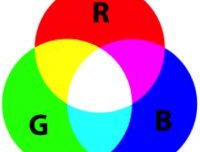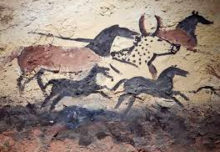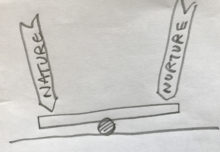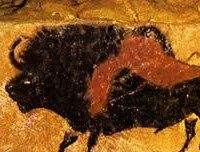Colin Ruffell
Limited Editions v. Signed and Numbered Fine Art Prints
The real value of Limited Editions?
It is still a widely thought that ‘limited editions’ of fine art prints are worth more than signed and numbered ‘open edition’ prints. But is this actually true, and why, and does this extra perceived value have some justification? Or is there more to this than meets the eye?
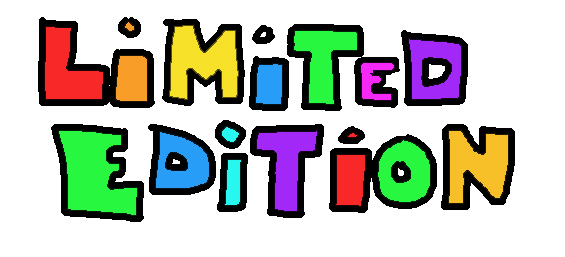
Background.
Printmaking has an interesting history. The introduction of the printing word is comparatively recent. That was just a few hundred years ago. Books and documents written by hand could include illustrations. But they took a long time to produce and came into being one by one. Thank goodness that they invented the printing press.
So when the early publishers made more than one copy of a text it was inevitable that they would later find a way to print illustrative pictures as well. But it was difficult. The first print technique was to copy the method of printing letters. Cut away the negative from a woodblock and leave the surface to be inked and printed. But it was clumsy and not easy to cut away leaving fine lines. The pictures needed another creation method.
The solution was to make flat copper plates that could be scratched and gouged, then inked, wiped, leaving the ink in the cut away areas, and then pressed onto paper. The result was a positive image that followed the scratches and made many fine lines possible. Later they experimented with alternatives to scratching and used chemicals to produce the three dimensional cut away surface. Etching was the result. Bingo! They had an illustration that could be repeated. Eventually these printed images were valued as stand-alone artworks.
That short early history of printmaking is rather inadequate but it will do for now. The point about early printmaking is that it produced an image as a multiple. However the process had flaws. The copper plates quickly deteriorated. The scratched or etched marks became less clear after just a few prints were pulled. So they eventually replaced the copper with steel and looked for other printmaking procedures. Lithography and screen printing followed. At the end of the twentieth century inkjet printing brings us up to date.
Legacy of numbers.
The early history of printmaking influenced the perceived value of a printed picture. The first prints from a wood or copper surface were better quality. Later prints in the run were less precise. So printmakers numbered their product to grab the extra value put onto lower numbered earlier prints.
Later in the UK the tax collector decided that there was a difference between numbered and unnumbered prints, and that low number editions had genuine higher status. So ‘purchase tax’ added a sizeable 33 percent onto the sale price of editions with more than 75 prints. Limited editions with numbers became worth even more.
New
But that has all changed. New printmaking techniques means that there is actually no difference in quality between lower or higher numbers in the edition. Purchase tax has been discontinued since VAT came in. Print on demand using the inkjet, and some other methods, is a viable alternative to printing the whole edition at once. No-one knows whether an image will be popular or not so the decision about edition size before sales begin is unnecessary and inefficient.
New printmaking technology has enabled an artist to combine image-making methods. Photography, collage, and painting onto the printed surface is an example. Printing onto canvas, or metal, as well as paper is easy. Using computer generated images, or cropped and enhanced versions of existing digital files is widely used.
But the collecting public still wants a print to be a real work of art, deliberately created, and not a mass produced multiple. The artist should have intended the image to be a print not just a photocopy of a painting. So the value of ‘genuine printmaking’ has to be recognised and shown. Another factor is whether the print has been made by the artist or by a dealer publisher. Is the image recorded and recognised by authority? Is the edition just an unsigned open edition?
The rise in use and popularity of artist produced, ‘signed and numbered’ prints is the result. Limited editions still have some popularity but they are really out of date nowadays.
See more in previous blog here…
https://www.artpublish.com/publishing-open-limited-editions/

